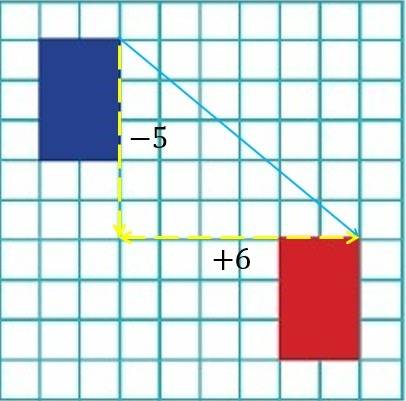ANSWER TO QUESTION 1
A rational number is any number that can be written in the form, , where
, where  and
and  are integers and
are integers and  .
.
We can rewrite  .
.
Therefore option A is a rational number.
Option B is obviously a rational number because it is already in the form  .
.
Option C cannot be written in the form  because the decimal place does not repeat or recur and it does not terminate also.
because the decimal place does not repeat or recur and it does not terminate also.
Therefore  is not a rational number.
is not a rational number.
As for option D, the decimal places recurs or repeats and it does not terminate. We can rewrite in the form, .
.
 hence it is a rational number.
hence it is a rational number.
ANSWER TO QUESTION 2
Yes  is a perfect square.
is a perfect square.
All numbers whose square roots are perfect squares are rational numbers.
If we raise  we get
we get  .
.
In order words if we take the square root of  we get a rational number.
we get a rational number.
That is 
ANSWER TO QUESTION 3
Let the length from the wall to the base of the ladder be  m.
m.
The from Pythagoras Theorem,

This implies that,

We add the additive inverse of  to both sides to obtain,
to both sides to obtain,


We take the positive square root of both sides to obtain,

 .
.
The correct answer is A.
ANSWER TO QUESTION 4
We wan to estimate  .
.
The highest perfect square that can be found in  is
is  .
.
We rewrite to obtain,
 .
.
We now split the square root sign to obtain,
 .
.
 .
.
 .
.
 .
.
ANSWER TO QUESTION 5.
The statement, every rational number is q square root is false.
We only need at least a counterexample to show that, the above statement is false.
Let  be any real number.
be any real number.
Then  , where
, where  and
and  are integers.
are integers.
This implies that 
Base on this final equation,  can only be an integer if
can only be an integer if  is a perfect number. Hence not every rational number is a square root because some numbers aren't perfect squares.
is a perfect number. Hence not every rational number is a square root because some numbers aren't perfect squares.
The correct answer is C
ANSWER TO QUESTION 6.
To find the translation vector that maps the blue rectangle on the red rectangle, we draw a vector connecting any two corresponding points as shown in the diagram.
The vector has horizontal component of  and a vertical component of
and a vertical component of  .
.
Therefore the mapping is  . The correct answer is D.
. The correct answer is D.
ANSWER TO QUESTION 7
Figure A accurately represents the Pythagorean Theorem because

This implies that

We can see that the hypotenuse square is equal to the sum of the squares of the lengths of the two shorter legs.
Recall that,  are Pythagorean triples.
are Pythagorean triples.
